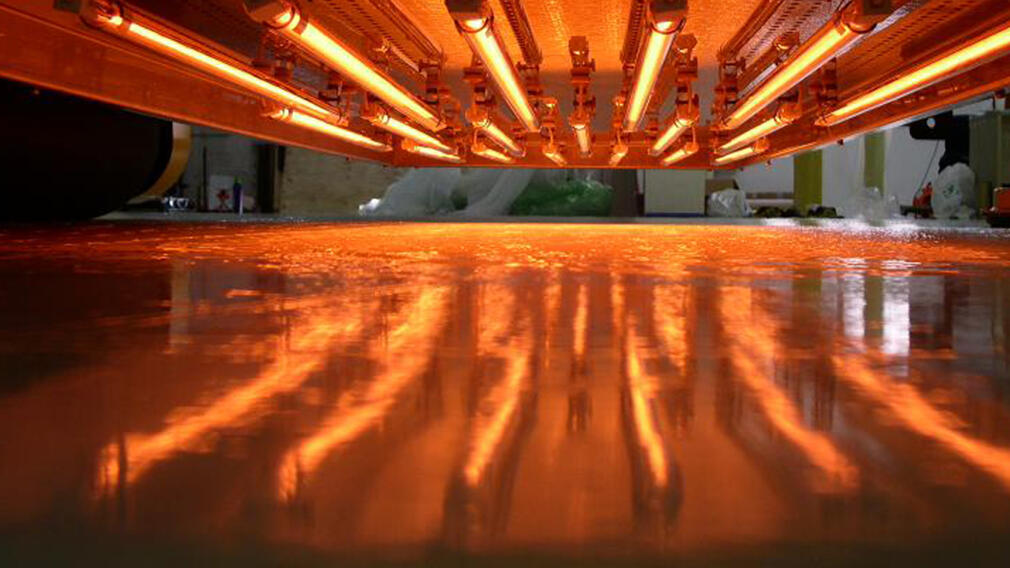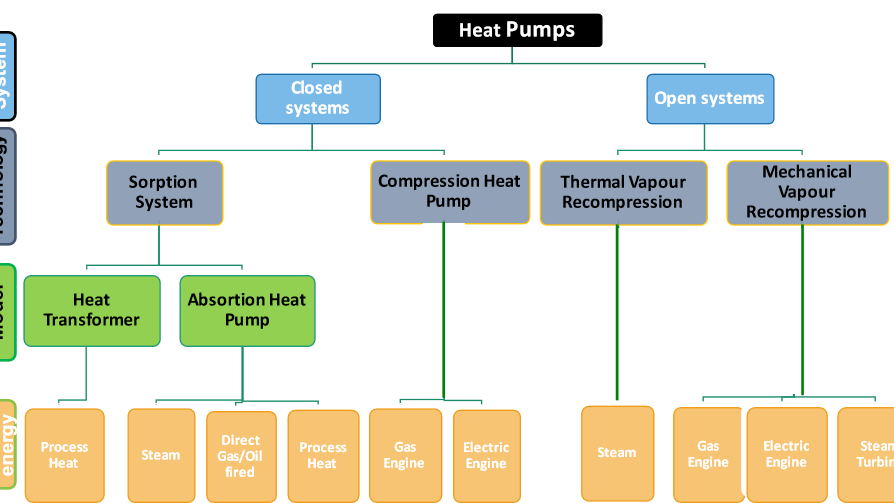 Energy Efficiency
Energy EfficiencyIntroduction: Electro-heat technologies
Summary
Electromagnetic processing technologies use wavelengths in the electromagnetic spectrum that correspond to microwave, radio waves, infrared, and ultra violet to heat materials. These technologies offer significant benefits compared to the fossil fuel alternatives and contribute to decarbonization by not producing on-site emissions. The inherent power of most electro-heat technologies lies in the fact that they generate heat within the target material, leading to advantages in terms of process control and end-use energy efficiency. This means that electromagnetic processing can potentially halve the final energy demand for EU process heat which is 20% of final energy demands in the EU. Leonardo Energy:
The company is working with Leonardo Energy and Leonardo Energy to develop the technology in the UK and the European Union on the research project in the next phase of the project. Click here for more information on Leonardo Energy’s research and data from Leonardo Energy, and more information about the project and related to Leonardo Energy. Back to MailOnline home.
Open full article
Introduction: Electro-heat technologies
Electromagnetic processing technologies use wavelengths in the electromagnetic spectrum that correspond to microwave, radio waves, infrared, and ultra violet to heat materials. Direct heating methods generate heat within a work piece, by either passing an electrical current through the material, or inducing an electrical current (eddy current) into the material. These technologies offer significant benefits compared to the fossil fuel alternatives and contribute to decarbonization by not producing on-site emissions. Depending on the way electricity is generated, these technologies will lead to an improvement in overall air quality. Other common advantages of electro-heat technologies, apart from the lower environmental impact, are:
- A lower investment cost
- A compact installation relative to the production capacity
- No fuel transport and storage is required
The inherent power of most electro-heat technologies lies in the fact that they generate heat within the target material, leading to advantages in terms of process control and end-use energy efficiency. Typically, a factor two improvement in end-use efficiency can be observed, depending on the process. This means that electromagnetic processing can potentially halve the final energy demand for EU process heat which is 20% of final energy demand in the EU.
Source: Leonardo Energy



